
Latest blog posts from John

In this article, we go over the man-in-the-middle attack definition and discuss the different types of these attacks. We'll take a deep dive into the dangers of man-in-the-middle attacks and address some examples. By the end of this article, you'll have a complete understanding of how a man-in-the-middle attack works and how to detect and prevent one.

In this article, we’ll take a comprehensive look at brute force attacks: what they are, how they work, and the different shapes they can take. You'll learn about popular tools utilized by hackers and examples of brute force attacks in action. By the end of this article, you'll be able to understand critical prevention measures for brute force attacks.
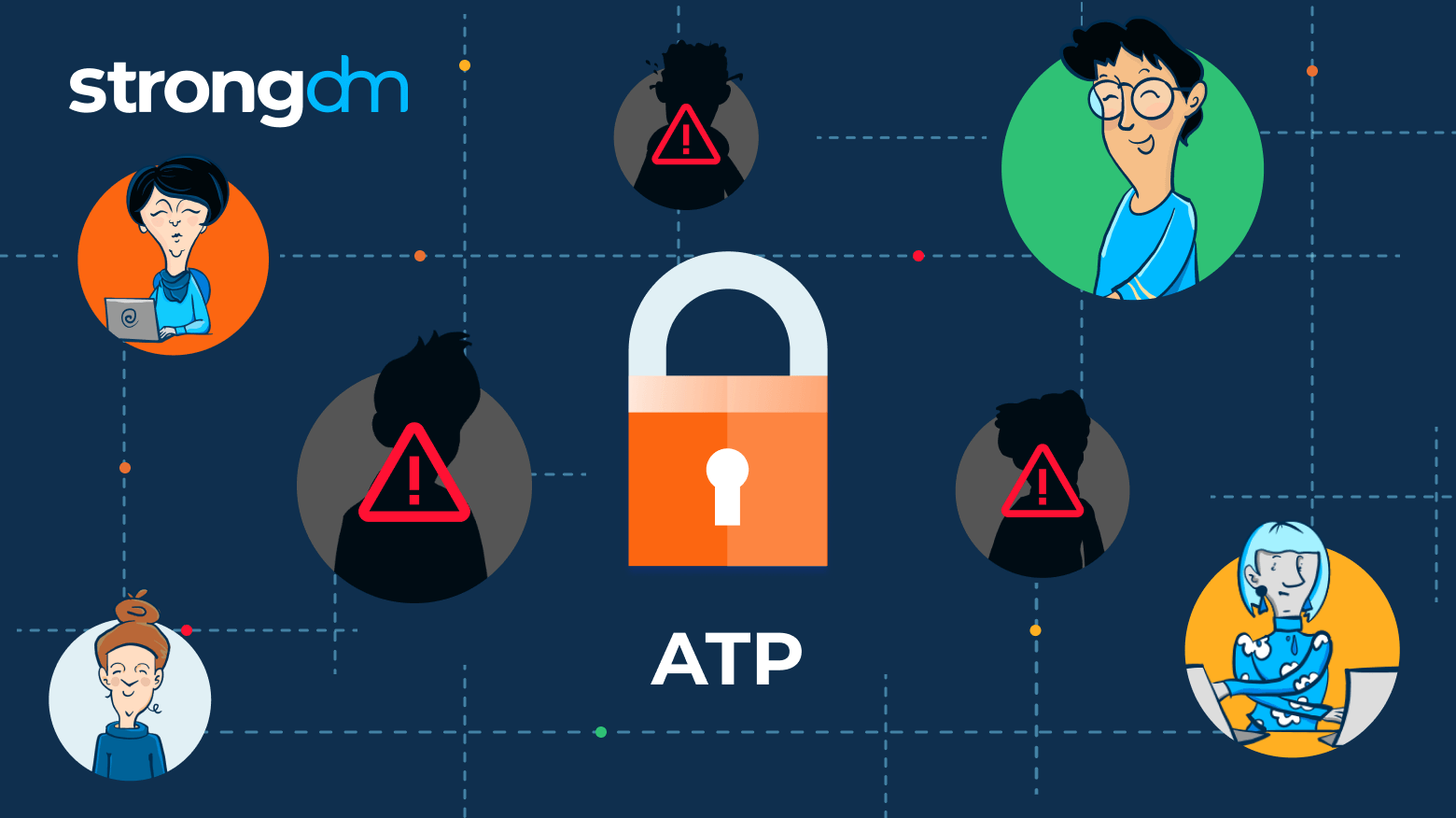
Advanced threat protection is a type of cybersecurity dedicated to preventing pre-planned cyberattacks, such as malware or phishing. ATP combines cloud, file sharing, email, network, and endpoint security.
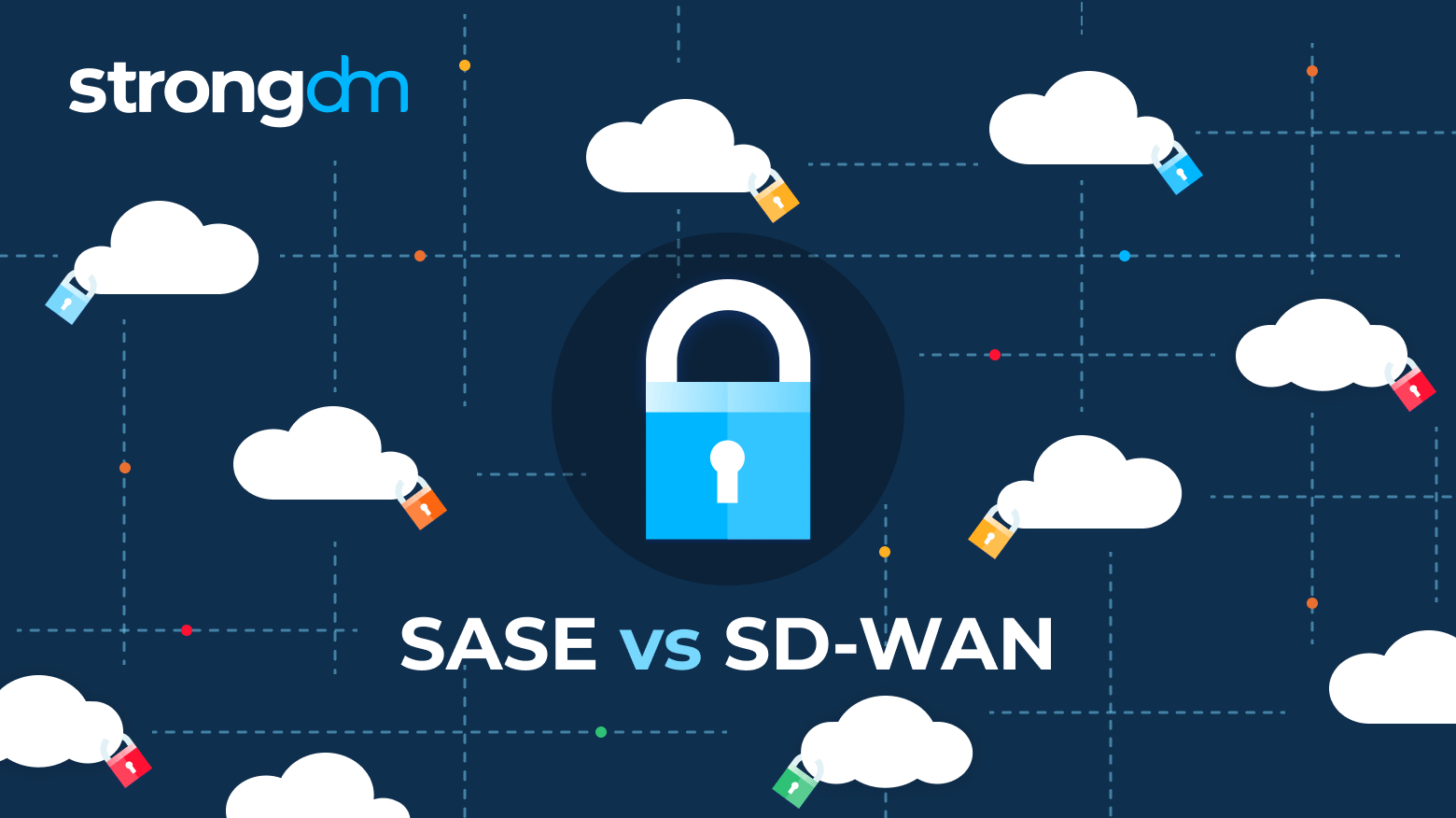
SASE is a cloud-based network security solution, whereas SD-WAN is a network virtualization solution. SASE can be delivered as a service, making it more scalable and resilient than SD-WAN. Additionally, SASE offers more comprehensive security features than SD-WAN, including Zero Trust security and built-in protection against Distributed Denial-of-Service (DDoS) attacks.
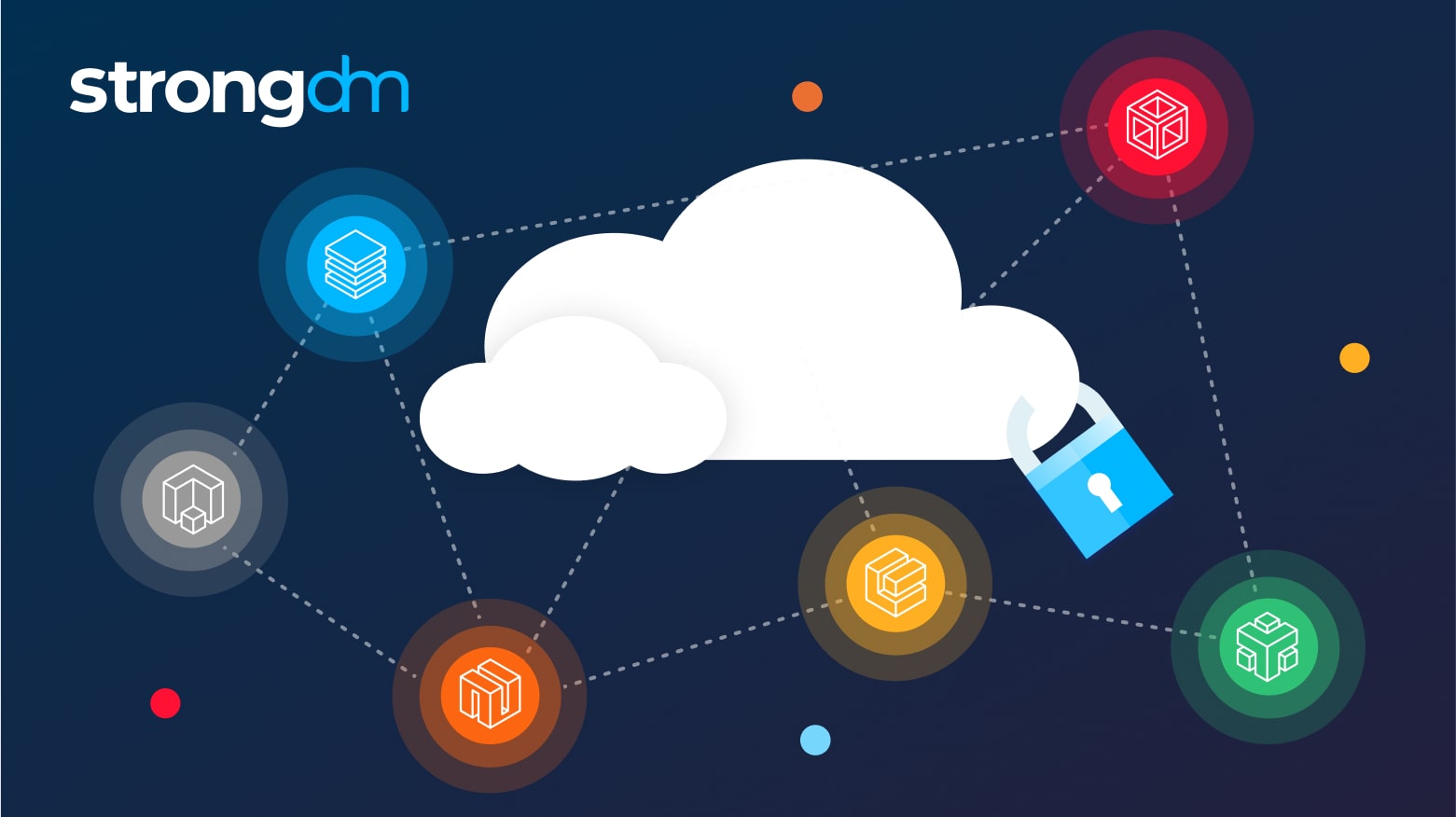
In this article, we’ll take a big-picture look at how SASE and CASB solutions fit into the enterprise security landscape. We'll explore the key differences between SASE and CASB and explain how each tool helps ensure enterprise security. You will gain an understanding of how SASE and CASB solutions compare and which might be suitable for your organization.

In this article, we’ll compare two Privileged Access Management (PAM) solutions: CyberArk vs. Thycotic, with a closer look at what they are, how they work, and which will best fit your organization. We’ll explore product summaries, use cases, pros and cons, PAM features, and pricing to that by the end of this article, you’ll have a clearer understanding of how these PAM tools work and be able to choose the one that’s right for you.
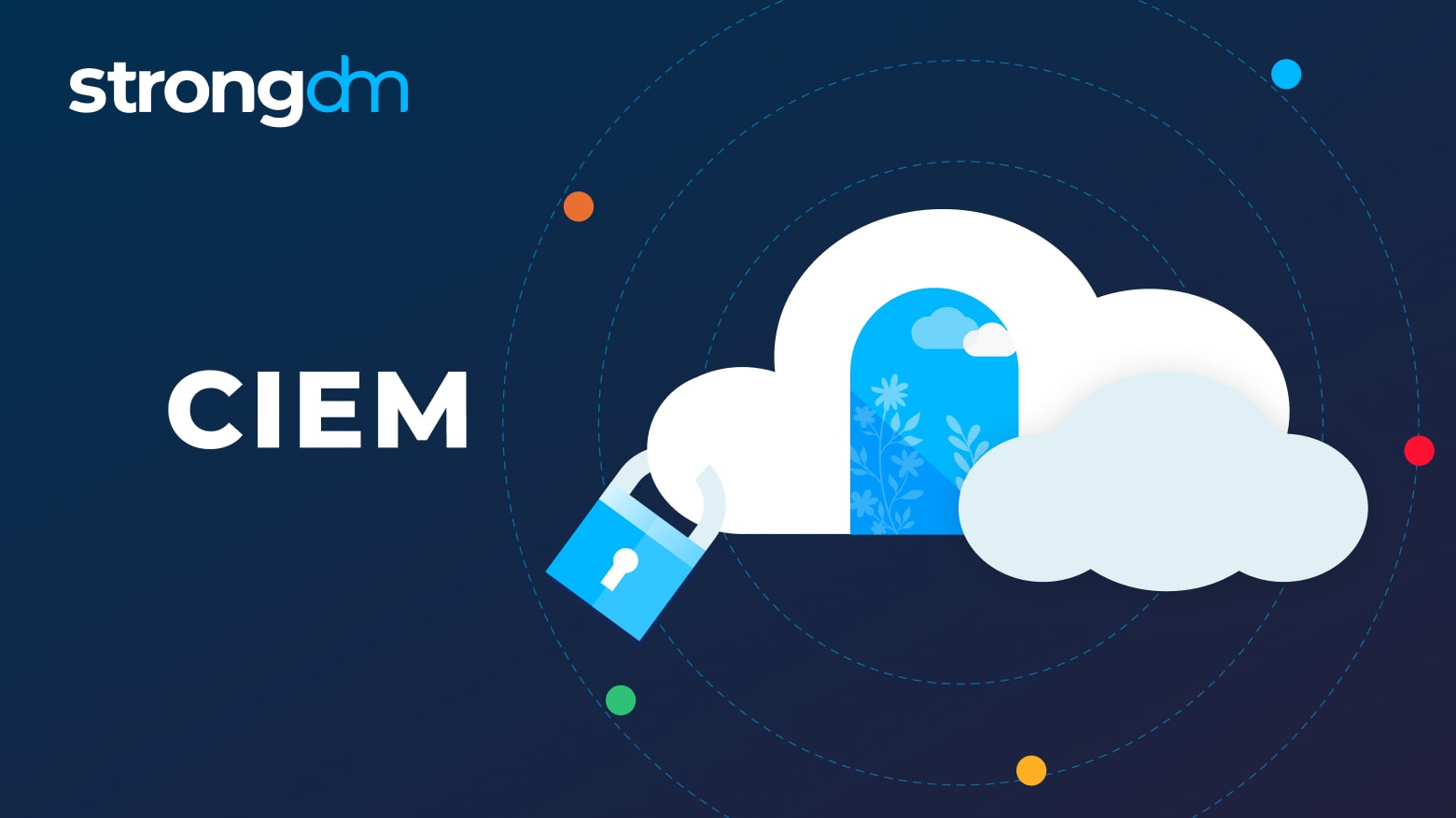
As more enterprises migrate to the cloud, access management and security has grown more complex. Cloud infrastructure entitlement management (CIEM) solutions emerged to address these challenges. In this article, we’ll take a broad look at what CIEM is, how it works, why it’s important, and how it differs from and works with other cloud management solutions.

While HIPAA rules benefit both patients and providers, failure to comply with these standards can have significant downsides for both parties. That’s why it is important to understand how HIPAA works and the key areas it covers. Read on to discover the three rules of HIPAA and how you can apply them to help your organization ensure compliance.

This article gives you a broad look at the Health Insurance Portability and Accountability Act (HIPAA) minimum necessary standard. You’ll learn about its requirements, exceptions, and how to implement it.
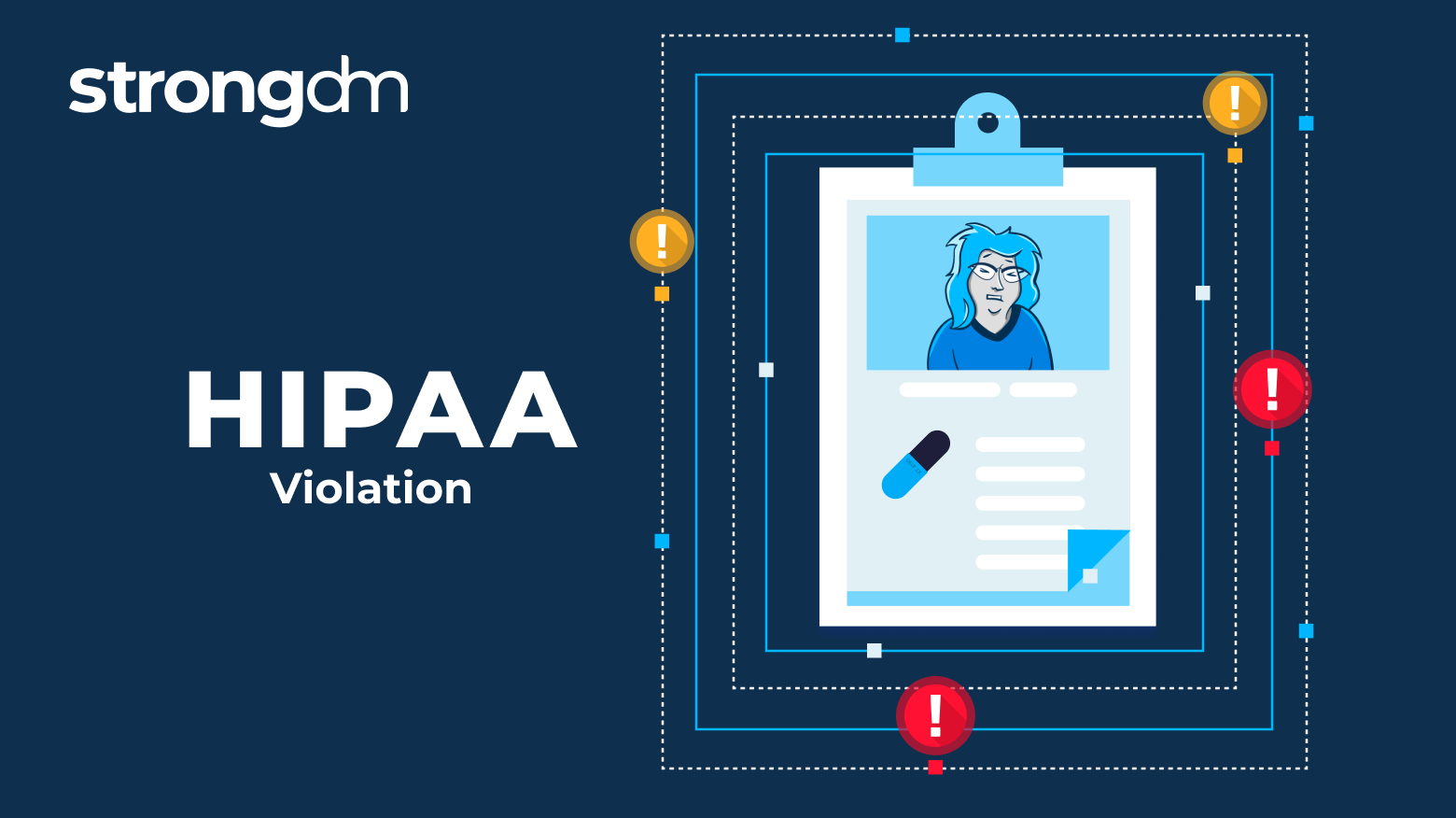
This article digs into Health Care Accountability and Portability Act (HIPAA) violations. Discover what they are and get examples of typical HIPAA violations in healthcare. Plus, learn how breaches are detected and reported and what you can do to protect your organization.
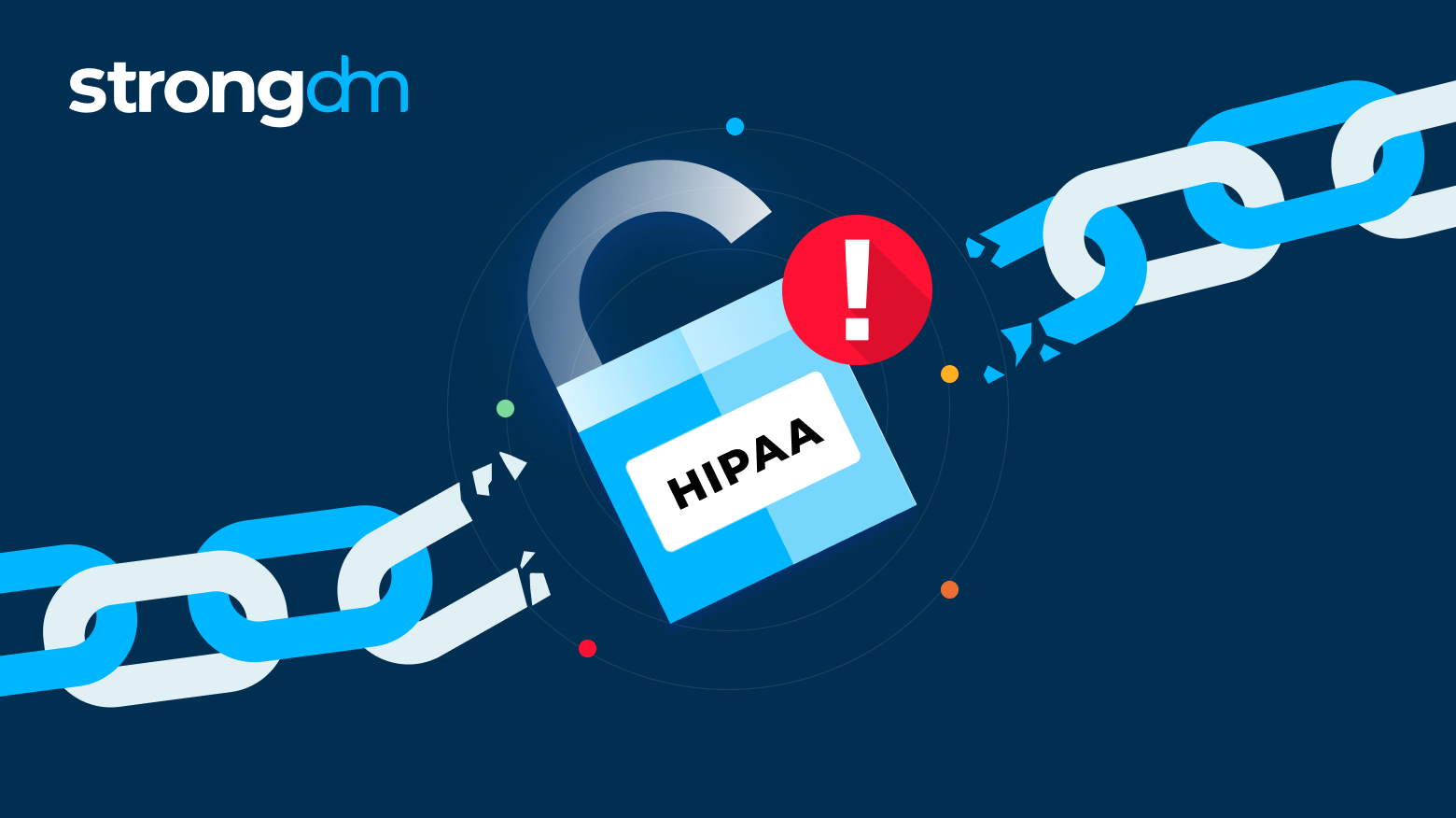
This article breaks down the different HIPAA penalties—including civil and criminal penalties—and the maximum penalties for HIPAA violations. Find out who is liable under HIPAA, what the most common HIPAA violations are, and how to ensure compliance and prevent HIPAA violations in your own organization.

Today, we’ll take a look at what just-in-time access (JIT) means and what types there are. You’ll also learn about what a JIT access solution can do for your organization. By the end of this article, you’ll understand how just-in-time access works, the best practices to ensure secured implementation, and how strongDM comes to the rescue.
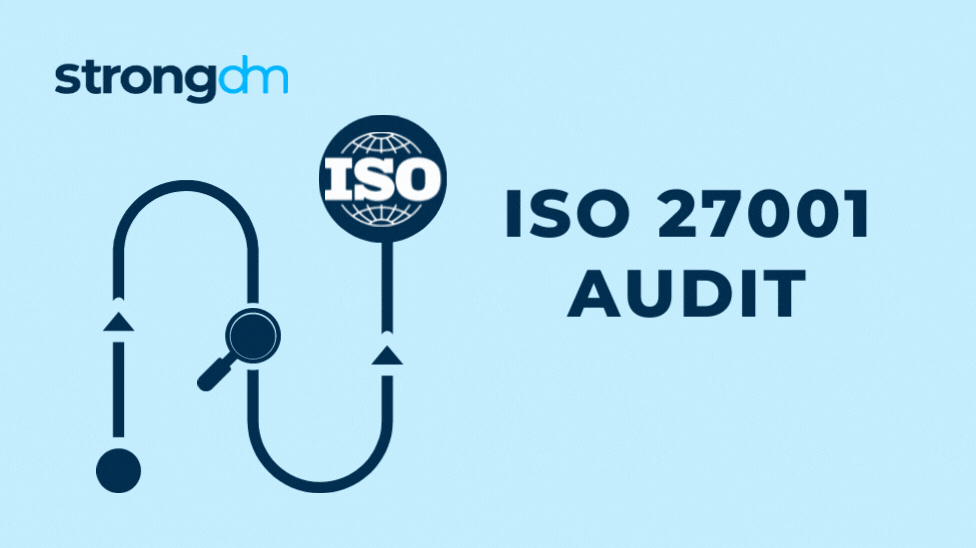
In this article, we’ll cover everything you need to know about conducting ISO/IEC 27001 audits to receive and maintain your ISO 27001 certification. You’ll learn about ISO 27001 audit requirements, why an ISO 27001 audit is important, how long it takes to conduct audits, and who can conduct audits that prove your company follows up-to-date information security management best practices.
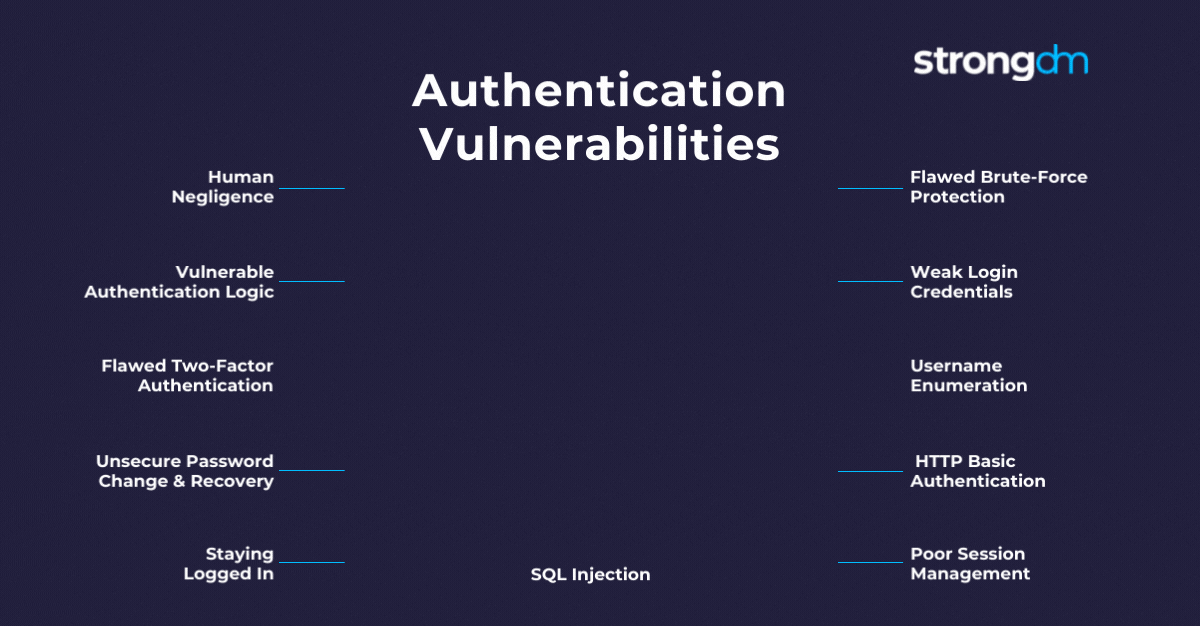
In this article, we’ll take a look at what authentication vulnerabilities are, how they emerge, and how these issues can affect your organization. Also, you’ll learn about the most common authentication-based vulnerabilities and their implications. By the end of this article, you’ll know the best practices to prevent these authentication issues and keep sensitive data safe.

